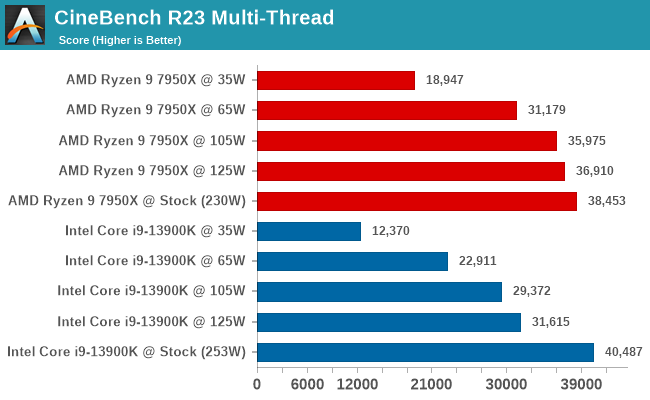Phoronix: AMD's Compressonator 4.4 Adds AVX-512 Support
The AMD Compressonator open-source tool suite that is under the GPUOpen umbrella has now added AVX-512 support alongside other enhancements in its v4.4 update...
The AMD Compressonator open-source tool suite that is under the GPUOpen umbrella has now added AVX-512 support alongside other enhancements in its v4.4 update...




Comment